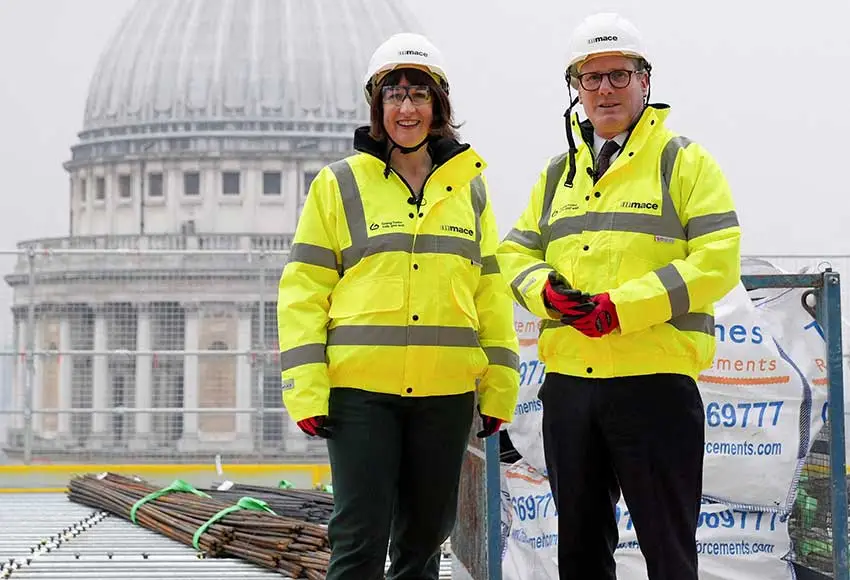Rachel Reeves has announced Labour’s plans to address housing shortages by easing building regulations. This initiative aims to stimulate growth and improve living standards.
In her first speech at the Treasury, Reeves emphasised the urgency of these reforms. Labour’s strategy includes reinstating housebuilding targets and opening ‘grey belt’ areas for development.
Challenging ‘Nimby’ Resistance
Reeves has vowed to take the ‘difficult decisions’ needed to spur economic growth. This involves tackling ‘nimby’ resistance to new housing developments.
Labour plans to reinstate local housebuilding targets. Revised planning rules will also focus on developing unattractive green belt areas, now termed ‘grey belt’.
New Planning Framework
A new draft National Planning Policy Framework will be released before the parliamentary recess in August. This framework will lift the effective ban on new onshore wind turbines.
Labour aims to implement these changes by autumn. The focus will be on economic growth post the party’s election victory.
Economic Growth Focus
Economists predict Labour will need to raise taxes or cut public spending to balance the budget. However, Keir Starmer has dismissed these forecasts as ‘defeatist’ and ‘cynical’.
Reeves stated the new government’s commitment to ‘sustained economic growth’. She stressed this is essential for improving national prosperity and living standards.
Overturning Controversial Changes
Labour’s policy will reverse planning changes made last year by Michael Gove. These changes allowed councils to ignore housing targets to protect local character or green belts.
The previous rules led to many local councils cancelling housing projects. This potentially reduced new home builds by 70,000 each year.
Recent data shows a significant drop in housing starts and completions. Only 151,000 homes were built last year, a 22% decrease from the previous year.
Commitment to Housebuilding
Starmer and Reeves promise to build 1.5 million homes during the current parliamentary term. Their planning reforms prioritise brownfield sites but also utilise some green belt land.
Currently, 13% of England’s land is green belt, mostly around major cities. Only 7% of this land is developed. Labour’s ‘grey field’ classification will target areas like car parks lacking significant beauty.
Reeves will also criticise the previous Conservative government’s economic record. She highlights that UK growth lagged behind other developed nations.
Addressing Economic Legacy
Reeves will state that the UK faces a legacy of 14 years of chaos and economic irresponsibility. She revealed new Treasury analysis showing missed opportunities over the years.
Reeves claimed that if the UK economy had grown at the average rate of OECD countries since 2010, it would be £140 billion larger. The additional £58 billion in tax revenues could have supported public services better.
New National Mission
Reeves emphasises the new government’s mission to rebuild Britain and enhance prosperity. She sees no time to waste in laying the economic foundations for a stronger future.
Reactions on Social Media
The announcement has sparked varied reactions on social media. While some welcome the changes, others fear the impact on green belt areas.
Labour’s initiatives to ease building rules reflect a bold approach to tackling housing shortages. By addressing ‘nimby’ resistance and revising planning frameworks, the party aims to boost economic growth.
Reeves’ commitment to making ‘difficult decisions’ underscores Labour’s determination to create a prosperous future. The real impact of these reforms will unfold in the coming years.


